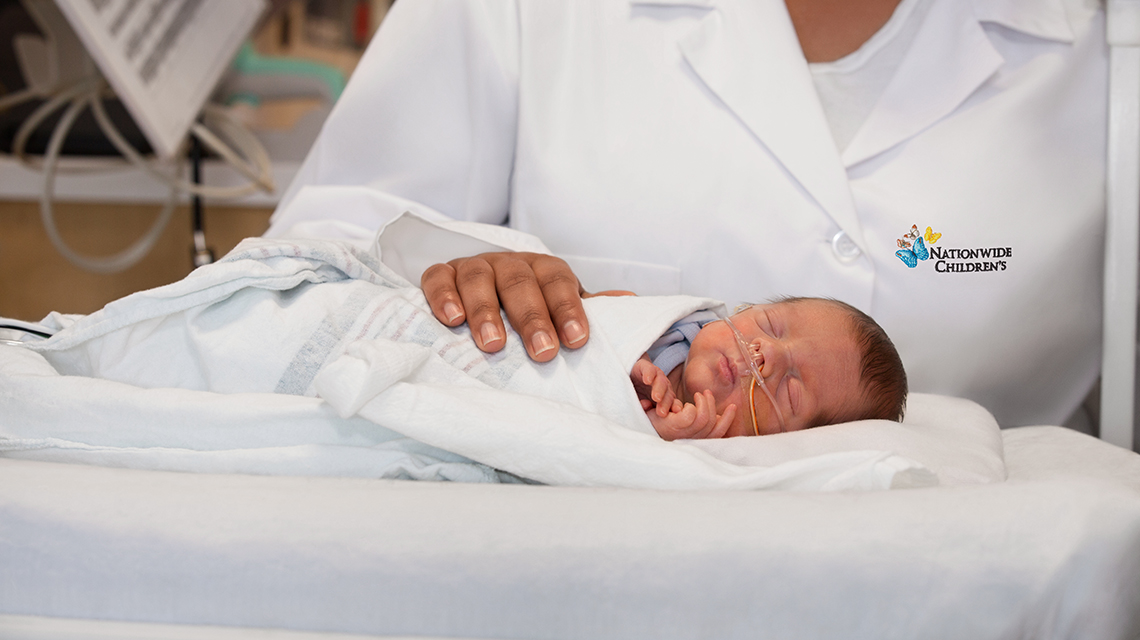5 Things to Know About Vertebral Body Tethering for Scoliosis
5 Things to Know About Vertebral Body Tethering for Scoliosis https://pediatricsnationwide.org/wp-content/themes/corpus/images/empty/thumbnail.jpg 150 150 Allan C. Beebe, MD and Crystal D. Seilhamer, FNP https://secure.gravatar.com/avatar/d566866dc988c2fc5c66cb1ee157e9bc?s=96&d=mm&r=gAs the surgical approach to scoliosis grows in popularity, understanding the pros, cons and contraindications becomes increasingly important. At the Center for Comprehensive Spine Care in the Department of Orthopedics at Nationwide Children’s Hospital, patients and providers are increasingly asking about vertebral body tethering for scoliosis. Traditionally, scoliosis is treated with a variety of modalities…











